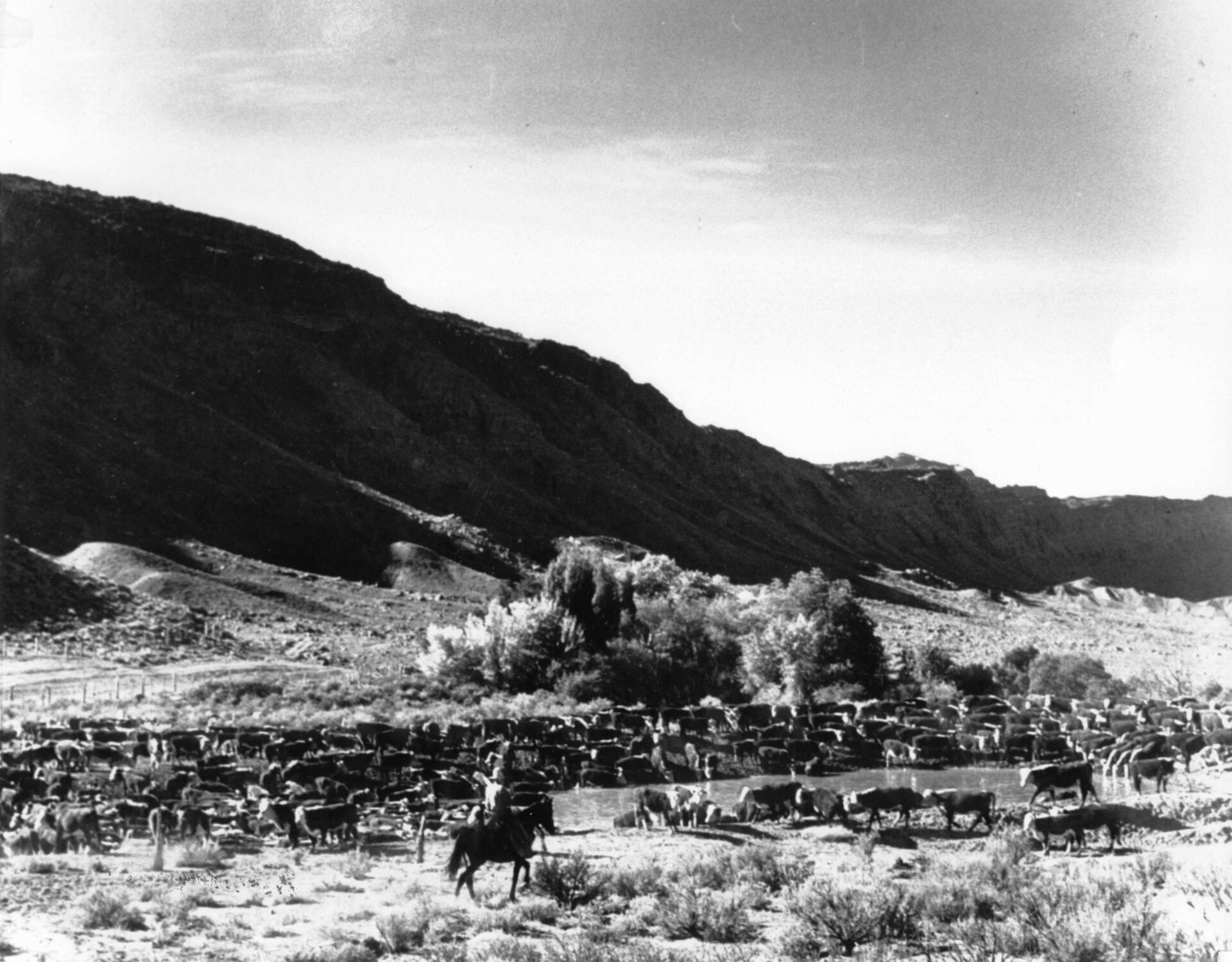During World War II, the U.S. Government incarcerated more than 120,000 Japanese American citizens and Japanese nationals living in the Western U.S. The War Relocation Authority (WRA) established Citizen Isolation Centers to isolate alleged “troublemakers” from the larger incarceration camps, including one at Dalton Wells, 14 miles north of Moab. Harry Yoshio Ueno was one of those individuals incarcerated in Grand County. Here’s his story throughout that troubling time:
Harry Yoshio Ueno, a U.S. Citizen, was living in California with his wife, Yaso, and three young sons, Yoichi, Ryo, and Hiroshi, when President Franklin D. Roosevelt signed Executive Order 9066.

The Ueno family ended up at the Manzanar Concentration Camp. Harry took a job as a cook’s assistant for his block’s mess hall. After noticing incidents of corruption and theft by the camp’s government workers, Ueno helped form the Mess Hall Workers Union. The Union demanded better working conditions and proper food supplies.
Due to intolerable camp conditions and different opinions about how to handle them, tensions rose among different factions at Manzanar. A small group of disguised men attacked a leader of a faction that was accused of spreading misinformation to the U.S. government. Though the victim did not see the faces of his attackers, he named Ueno as the leader. When camp authorities picked up Ueno and took him to a nearby jail, Manzanar civil rights leaders organized a protest demanding his release. During the protests, some soldiers shot into the crowd, wounding many and killing two.
Camp authorities sent Ueno and other people whom they deemed protest organizers to the Moab Isolation Center. Ueno and 15 others arrived there on January 12, 1943. Harry Ueno continued to advocate for civil and constitutional rights for himself and his fellow incarcerees.
To learn more about Ueno and the other incarcerees, plan your visit to the Moab Museum on Saturday, February 17 for the FREE public exhibition opening of “A Moab Prison Camp: Japanese American Incarceration in Grand County.” The exhibition unpacks the nuanced terminology used during that era and invites visitors to confront the usage of words like “relocation” versus “incarceration” and wrestle with the gravity of terms such as “concentration camp.” The exhibition will be on display through the end of August, 2024.
This story has been developed collaboratively with Harry Ueno’s descendants by Utah State Parks.
The Moab Museum is dedicated to sharing stories of the natural and human history of the Moab area. To explore more of Moab’s stories and artifacts, find out about upcoming programs, and become a Member, visit www.moabmuseum.org.



